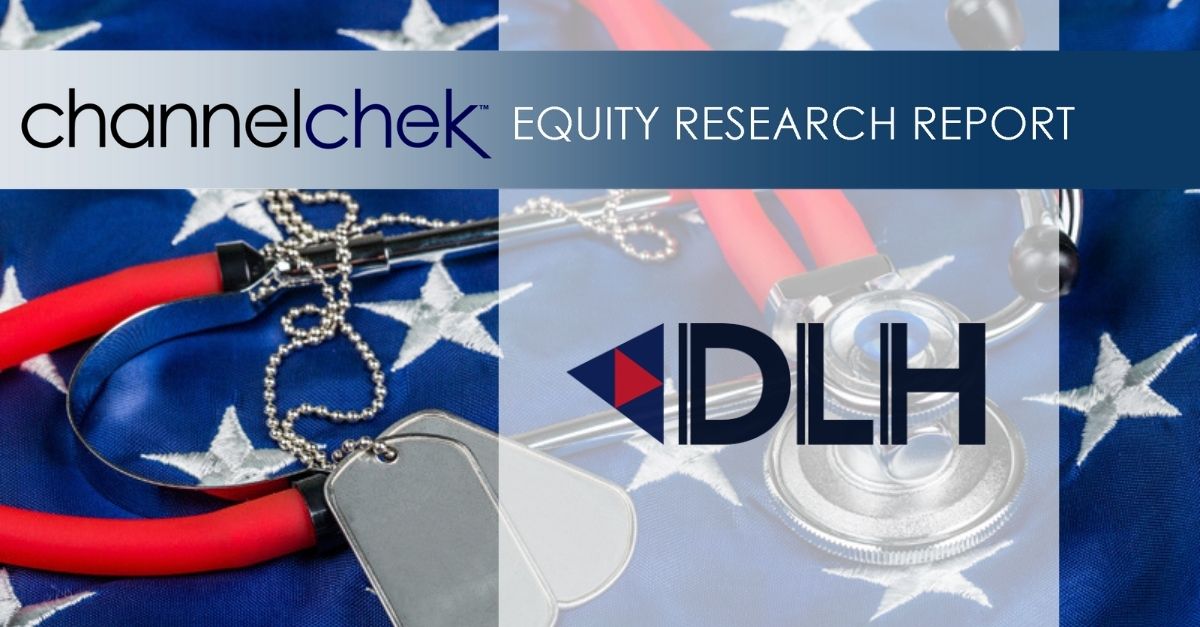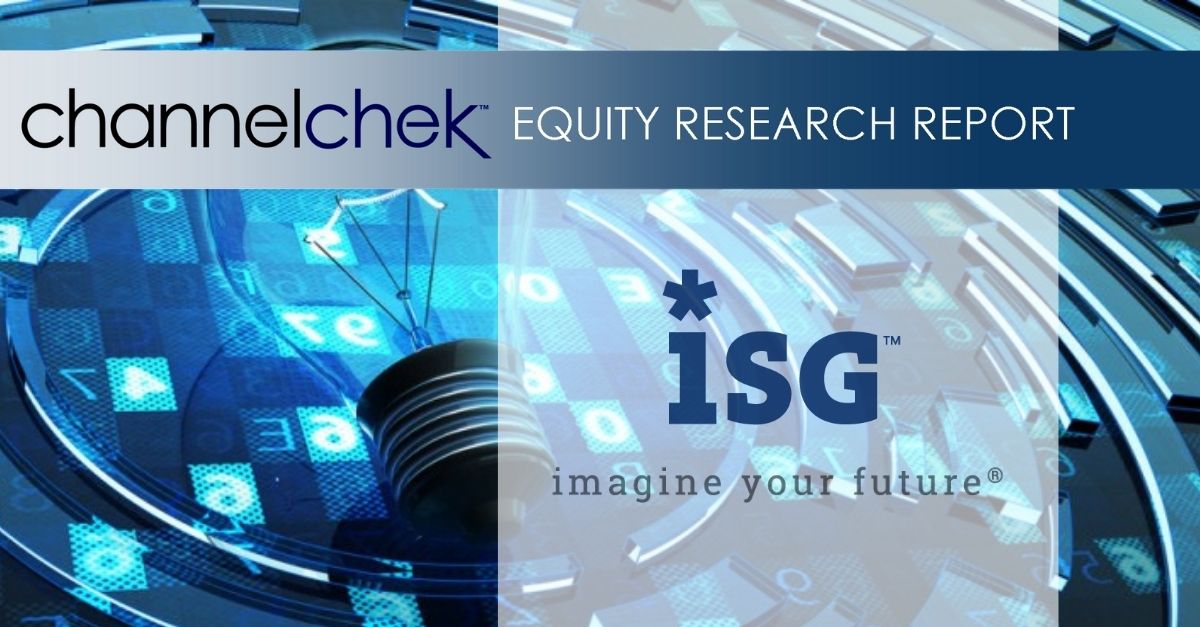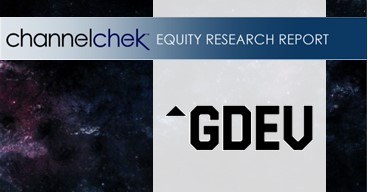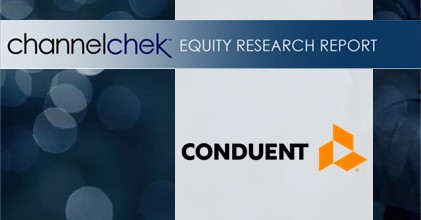Amazon has introduced its newest AI semiconductor, Trainium3, signaling another major push by tech giants to loosen Nvidia’s grip on the rapidly growing artificial intelligence hardware market. Announced Tuesday during Amazon Web Services’ annual re:Invent conference, the chip represents a significant leap in the company’s strategy to build affordable, high-performance computing infrastructure tailored for AI training and inference.
According to AWS, servers outfitted with Trainium3 deliver four times the speed and energy efficiency of the previous generation. For enterprises racing to scale large language models and multimodal systems, this improvement translates to faster development cycles and noticeably lower operational costs—an increasingly critical advantage as AI workloads explode.
“Trainium already represents a multibillion-dollar business today and continues to grow really rapidly,” said AWS CEO Matt Garman, underscoring Amazon’s deepening investment in custom silicon. Once primarily dependent on Nvidia for its cloud AI capacity, AWS now sees homegrown hardware as essential both for performance control and long-term cost stability.
Amazon is far from alone. The industry has entered a new era in which Nvidia’s largest customers—Google, Microsoft, Meta, and Amazon itself—are designing their own AI chips to reduce reliance on the GPU leader. In early November, Google debuted its Ironwood TPU v7, and reports suggest the company is negotiating a multibillion-dollar deal to supply TPUs to Meta. Meanwhile, Microsoft continues to develop its in-house silicon despite encountering delays.
AWS executives view this diversification as healthy for the broader ecosystem. “Diversity of chips in the AI market is a good thing,” said Dave Brown, AWS vice president of compute and machine learning, in an interview with Yahoo Finance. Brown emphasized that the rising demand for AI infrastructure is creating room for multiple architectures to coexist, each optimized for different workloads.
Cost remains one of Amazon’s sharpest competitive angles. Brown noted that developers using Trainium-based instances typically see 30% to 40% savings compared to Nvidia GPU clusters. At a time when AI model training can reach hundreds of millions—or even billions—of dollars, these savings could shift market dynamics.
Amazon is also expanding its AI infrastructure at massive scale. The company recently completed Project Rainier, a colossal data center initiative built specifically for AI workloads. OpenAI competitor Anthropic is expected to use one million of Amazon’s custom chips across Rainier and other AWS data centers by the end of 2025. Anthropic has reportedly played a hands-on role in guiding the chip’s design.
Still, Nvidia remains unmatched in both raw performance and software ecosystem maturity. CEO Jensen Huang has argued that developers would choose Nvidia chips “even if alternatives were free,” citing CUDA and the extensive tools built around Nvidia hardware. Amazon itself remains one of Nvidia’s biggest customers, accounting for 7.5% of Nvidia’s revenue, and OpenAI recently signed a $38 billion agreement to access Nvidia GPUs through AWS.
Yet Amazon is preparing for a future where its chips coexist seamlessly with Nvidia’s. The company revealed that its upcoming Trainium4 processors will support NVLink Fusion, Nvidia’s advanced networking technology that links chips across server racks. That compatibility signals a hybrid future—one where Amazon tightens control over its hardware roadmap while still acknowledging Nvidia as the industry’s gold standard.














